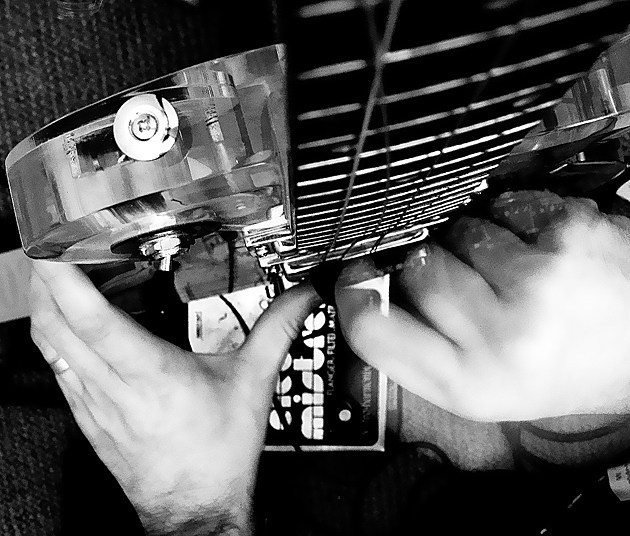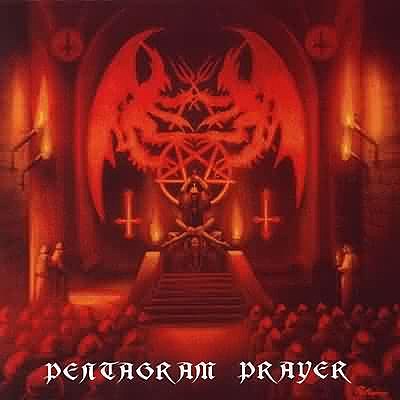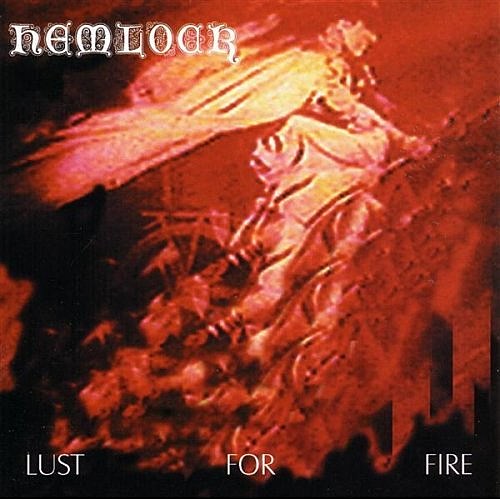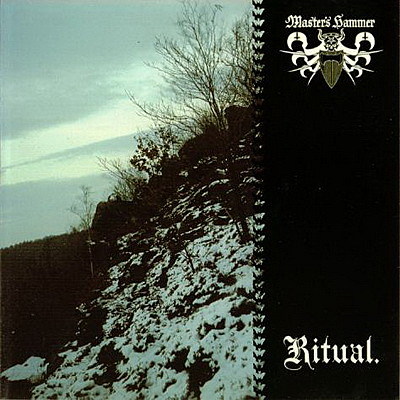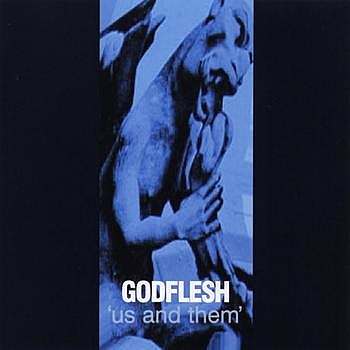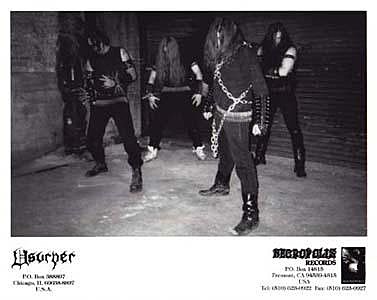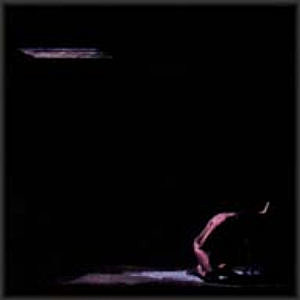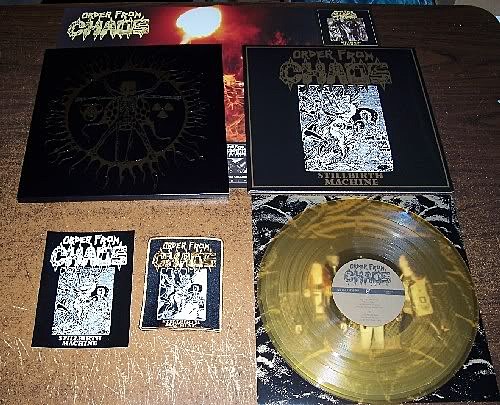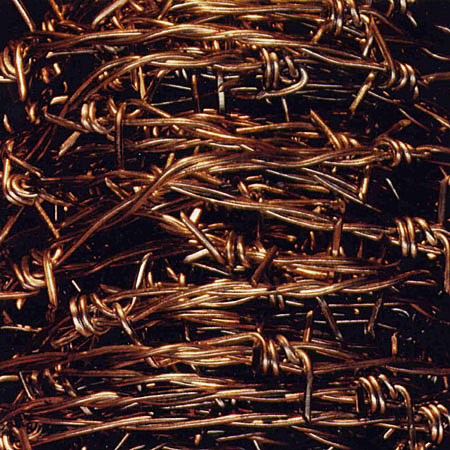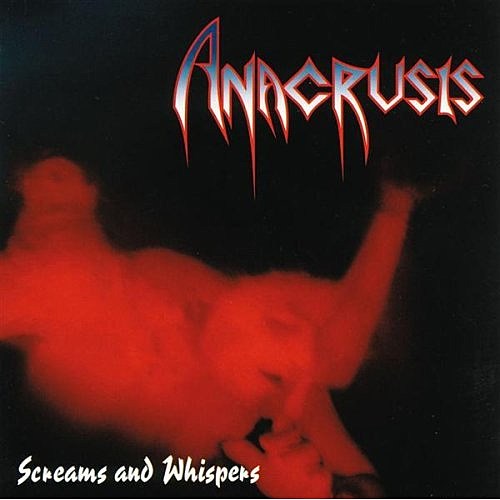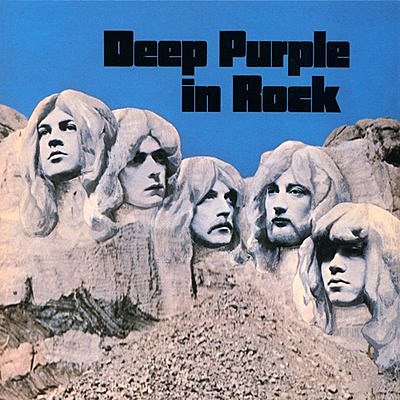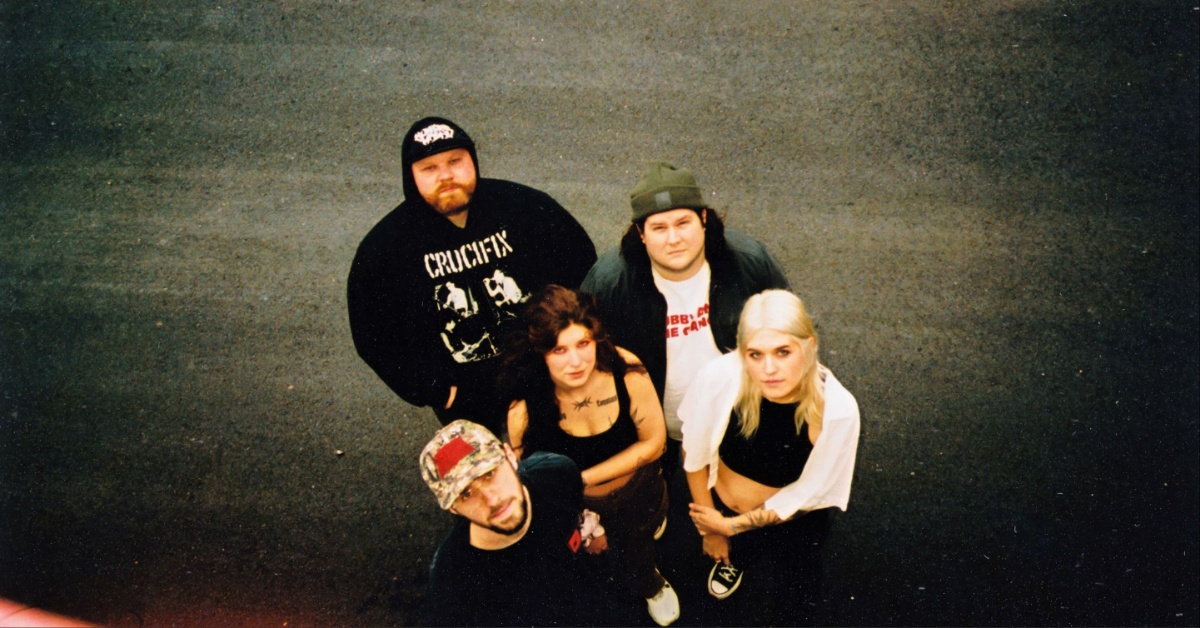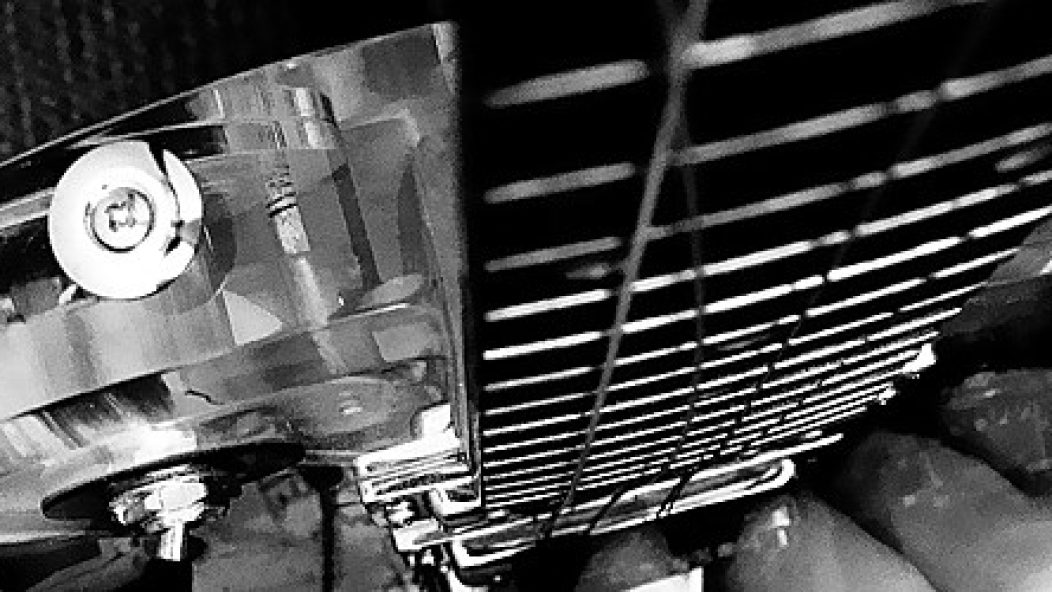
Top 10 Unconventional Metal Guitar Tones
The post about the Top 10 Metal Guitar Tones last month generated much discussion. Some of the most interesting comments were by Matt Altieri, who plays guitar for Ferrous Oxide and Deceased. (Deceased begin a US West Coast tour tomorrow – see dates here.) He suggested a post about unconventional tones in metal. I suggested that he write it. So he did. – C.L.
That’s top 10 BEST unconventional, not MOST unconventional. I’m inclined to favor the act of guitar playing over less tactile forms of signal processing, but the way technology shapes the character of the playing is undoubtedly important. Gear can smoothly facilitate a guitar concept, just as often as it can twist ideas into unrecognizable forms. Some guitarists use technological limitations to focus creativity, while others battle against them in earnest, casting novel sparks. At any rate, there’s no convention without context. I talked to some of these artists and received very gracious and comprehensive responses. (See complete responses and gory technical details here.) Now with the future of creativity at stake, check out the texture and consistency of independent spirit’s roar.
Guitar photo by nigeljohnwade
. . .
TOP 10 UNCONVENTIONAL METAL GUITAR TONES
. . .
. . .
10. Bewitched (Swe) – Pentagram Prayer
[audio: UNCONVENTIONAL_BEWITCHED.mp3]The midrange snarl of Vivian Campbell’s classic Dio performances meets the cold, expansive sounds of archetypal Scandinavian BM like Mayhem’s DMDS or Immortal’s Pure Holocaust. Vargher takes advantage of the bass-less clarity by welding rich chord coloration into precise speed picking, and comes up with some of the catchiest ’80s metal riffs of the ’90s.
. . .
. . .
9. Hemlock – Lust for Fire
[audio: UNCONVENTIONAL_HEMLOCK.mp3]A thought on lo-fi recording from Balth, aka Dan Lilker: “No, actually Lust for Fire was done on my Roland VS-1680, a portable hard-disk recorder as digital as they come. When people say you can’t get a warm, natural sound from a digital recorder, I doubt they’re using the right recording methods. Not that Lust is a very warm record, of course!” Hemlock quadruple-tracked their live tones, and boosted the most abrasive frequencies in the final mix. Most of the riffs on Lust for Fire burn brightly in the distance, but when the guitarists dig in their heels, the visceral heaviness pops out like a trompe-l’oeil effect. That billowing sound caused by the chugging on …And Justice for All? Hemlock were considerate enough to track it for you, so no matter how sensibly you adjust your stereo for “Beyond the Threshold of Pain (Stormwatch)”, you get to hear the sound of unruly force punching speakers out. Also of note is the guitar solo, which sounds like a trumpet melting inside a volcano.
. . .
. . .
8. Master’s Hammer – Ritual
[audio: UNCONVENTIONAL_MASTERSHAMMER.mp3]The lush production of Master’s Hammer’s debut contains a distinctly un-lovely guitar tone. The riffs are bulky and well-represented, but there’s a weird insectile buzz to the high end that the band exploits in their material. The fuzz characteristic lends a mangled edge to thrash, and becomes demonically “vocal” in the lilting, octave-based melodies that comprise the album’s most memorable moments.
. . .
. . .
7. Godflesh – Us and Them
[audio: UNCONVENTIONAL_GODFLESH.mp3]Justin Broadrick was all proud of himself in this era for being un-metal and making guitars sound like keyboards. They’re tiny by Godflesh standards, but remain the focal point in a suddenly empty space. The low end has a cool hollowness, like a cracked bell, but it’s the higher pitches where the tone seems to have affected Broadrick’s approach to guitar playing. If you’ve messed around EQ’ing a distorted guitar, you’ve noticed that some restrictive settings can dramatically blur the line between a note and its harmonic overtone. Us and Them is full of silvery, twining non-melodies that benefit from this modulating effect, also embellished with reverb and endless delay.
. . .
. . .
6. Usurper – Diabolosis/Threshold of the Usurper/Skeletal Season
[audio: UNCONVENTIONAL_USURPER.mp3]The quest for ultimate heaviness warped Usurper’s early music into an insanely aggressive yet headphone-worthy experience, like being simultaneously bludgeoned with and drowned in guitars. The tone combines the high-impact slam of Asphyx, the textural grind of Entombed, and a queasy sense of depth I’ve heard nowhere else. Rick Scythe used a DOD Octoplus pedal to thicken the solid state crunch of his 1985 Crate G-150 amp head, subtly enhancing the amp’s distortion without the lower octave becoming audible. Scythe also had a practice of tuning his instrument slightly flat before recording a doubled version of each guitar part, creating a moaning chorus that is particularly effective when he emphasizes the fifths in power chords. Frequent wah-abuse adds a certain infuriating edge to riffs that buzz like a slap in the ear. “Acid hits and razor blades”, indeed.
. . .
. . .
5. Dawnbringer – Catharsis Instinct
[audio: UNCONVENTIONAL_DAWNBRINGER.mp3]The guitars on this album were recorded direct-in through a preset on a Digitech preamp with late ’90s cabinet-simulating effects. The clean wiry tone is little more than an extreme close-up of the fretboard, which makes sense when you consider that Dawnbringer is essentially the Idea of Metal pursued with a certain Motörhead-like bravado. Chris Black transcribes endlessly dynamic harmony riffs out of his head onto music notation paper, and Scott Hoffman executes them with fierce precision. Every slight string buzz and slipped note is laid bare in amp-less clarity, adding pathos to the drama of a great battle moving from ideal to actual.
. . .
. . .
4. Order from Chaos – Stillbirth Machine
[audio: UNCONVENTIONAL_ORDERFROMCHAOS.mp3]Chuck Keller recalls, “I wanted to capitalize on the sound I stumbled on with 1989’s Crushed Infamy – which involved turning all the knobs to ten on a Boss Heavy Metal pedal…exactly the formula the Swedes had discovered at Sunlight Studios about the same time… only with Crushed Infamy, I was aiming for Assassin’s Interstellar Experience guitar sound”. He then fought with old equipment in a Kansas City studio for months to get the desired sound onto Order from Chaos’ debut. There are other reasons that the results don’t stand in line with Left Hand Path. For one, Entombed write basic riffs to fit the harmonic limitations of their trademark grind. The riffs on Stillbirth don’t yield to such limitations, streaming Voivod-inspired chords, manic time-shifts, and whammy bar pyrotechnics under a rubric of crushing black death. Add an impossible studio situation, and the result is a mercilessly un-musical churn, but with sophisticated ideas bursting to the surface at a constant rate. As a listening experience, Stillbirth Machine is both futuristic traditional metal and abstract noise. Some of its intended content inevitably remains hidden, a perpetual source of mystification and catalyst for imaginative play. Check out Keller’s Ares Kingdom work to hear the full range of guitar vocabulary combined with a godlike tone decades in the making, but don’t forget one of the most appropriate band name/album title combos in history.
. . .
. . .
3. Zeni Geva – Freedom Bondage
[audio: UNCONVENTIONAL_ZENIGEVA.mp3]Rumor has it that this notoriously bass-less band ran their guitars through bass amps to get the sound on their albums. I tend to believe this. I spent a year and a half trying to make stolen Chaos A.D. riffs sound good through a bass amp and Danelectro Fab Metal pedal. Sometimes it sounded like Fu Manchu and sometimes like pure shit. At any rate, the weird gurgle of wrong amp voicing seems familiar. This is the most metallic Zeni Geva from both a textural and a compositional perspective, nice and abstract but founded on massive, warlike discipline.
. . .
. . .
2. Anacrusis – Screams and Whispers
[audio: UNCONVENTIONAL_ANACRUSIS.mp3]Unlike most of the entries above, this one represents state-of-the-art perfection. Anacrusis dealt with the tone of guitars tuned down to B throughout their career, and they really nailed it on Screams and Whispers. But “it” is at an extreme remove from the sludgy conventions of extreme downtuning, kind of like if high-minded power metal were meant to sound as dangerous as Fear Factory. Multiple stages of EQ and a combination of digital control with tube overdrive went into sculpting this extremely clear, tight, laser-like sound. It shimmers with chorus-enhanced midrange and crumbles around the edges while upholding strains of dark melody. I actually bought Screams and Whispers as an afterthought the same day I picked up Soul of a New Machine 15 years ago, and I’ve gone through three copies since. This rebuttal has been a long time coming.
. . .
. . .
1. Deep Purple – In Rock
[audio: UNCONVENTIONAL_DEEPPURPLE.mp3]Maybe it’s trite to end with a rock icon. I just wanted to leave you with the mental image of Ritchie Blackmore standing on a table in the Marshall factory, blasting away with his Strat plugged into a partially assembled amp and yelling at hapless engineers for more compression. According to interviews, that was his role in helping to develop the legendary Marshall crunch. That said, I haven’t heard anybody try to replicate the sound on In Rock, a squall so temperamental that power chords are too subtle for its heaviest moments. One note will do. What Blackmore called “playing with electricity” previews both James Hetfield’s clipped staccato and the K.K. Downing/Kerry King lineage of whammy bar atonality. No one even needs to say, “Valhalla, I am coming”.
. . .
For the full responses by guitarists interviewed for this post, see here.
. . .
